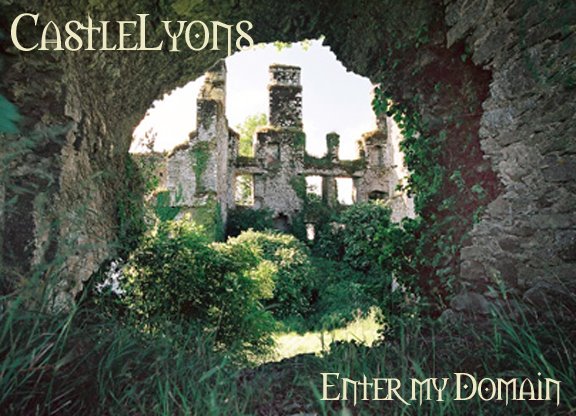
Many people know the unicorn as a symbol of the New Age and New Age philosophies. To say that the unicorn is Christ seems almost sacrilegious. Yet in ages past it was not this way.
Medieval people loved symbolism. They were taught to look for symbolism in everything around them. It was only natural for them to equate spiritual truths with the things they saw in nature—plants and animals alike. Granted, the chances that any ever saw an actual unicorn are pretty small, but they did believe that unicorns existed. "Proof" of their existence came in the form of narwhal horns, which would wash up on beaches. Thus a unicorn's horn was most often pictured as spiral, emulating the narwhal horn.
We find the symbolism of the unicorn as Christ in many medieval writings, and even in writings from long before the medieval age. As early as the fourth century A.D., saints had been known to refer to Christ as a unicorn. Saint Ambrose, bishop of Milan (c. 340-397) said, "Who then is this unicorn but the only-begotten Son of God?" (Patrologia Latina). Saint Basil (c. 330-379) said, "[Christ] will be called the Son of unicorns, for as we have learned in Job, the unicorn is irresistible in might and unsubjected to man.... Christ is the power of God, therefore he is called the unicorn on the ground that He has one horn, that is, one common power with the Father." (Exegetic Homilies).
Here are but a few of the scriptural references these men allude to:
Numbers 23:22__God brought them out of Egypt; he hath as it were the strength of a unicorn.
Job 39:9-11__Will the unicorn be willing to serve thee, or abide by thy crib? Canst thou bind the unicorn with his band in the furrow? Or will he harrow the valleys after thee? Wilt thou trust him, because his strength is great? Or wilt though leave thy labour to him?
Psalm 92:10__But my horn shalt thou exalt like the horn of a unicorn.
This word "unicorn" in the KJV was an animal called a re'em in Hebrew. The writers of the Septuagint did not know what a re'em was, so they translated the word to be "monocerous," meaning "one-horned." Thus the KJV called it a unicorn.
Many examples in medieval art represent Christ as this unicorn of strength, this unicorn with a "horn of salvation" (2 Samuel 22:2,3; Luke 1:69). One of the best examples is a Swiss tapestry (shown above) that shows a spotted unicorn coming to the Virgin Mary, who is holding its horn. In front of the unicorn is Adam, who is piercing the unicorn with a spear and saying, "He was wounded for our transgressions." Underneath the unicorn is Eve, who is catching the unicorn's blood in a chalice and saying, "And by His wounds we are healed." (All quotes are in Latin on the tapestry.)
In my next posting, I will talk about the most beautiful and spiritually significant of all the unicorn tapestries: "The Hunt of the Unicorn." These seven tapestries tell the entirety of the Christ story, from His birth to his death and resurrection.









Very interesting and a great help to my research on unicorns in Christian legend.
ReplyDelete